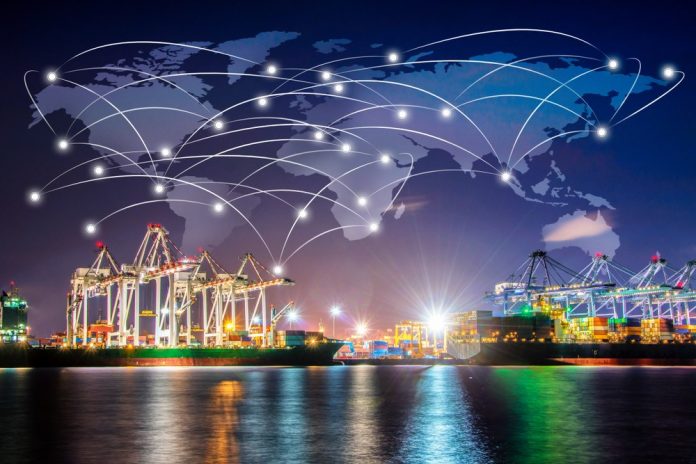Maritime is catching other industries up in the race to digitalise business according to essDOCS CEO Alexander Goulandris, who was speaking at the Timber & Technology conference on 8 April.
Goulandris told the audience that just 0.1% of bills of lading were digitalised, while digital certificates of origin were less than 30% of the total and phytosanitary certificates comprised less than 10% of the total number of certificates issued according to figures from the Digital Container Shipping Association (DCSA).
“What we have seen in the last 12 months is a massive acceleration in digitalisation, the ICC [the International Chamber of Commerce] estimates that the acceleration has been in the region of five to 10 years,” said Goulandris.
There has been an increasing interest in the adoption of digital trade, but all documents in the chain must digitalised or the system will be slowed by the paper trail. However, for Goulandris the three key documents of the industry to digitalise are Bills of Lading (BoL), certificates of origin (CO) and phytosanitary documents for plants and agricultural goods.
Electronic BoL and CO’s have seen some success with 81 countries using eBoLs and 42 using CO’s, but the phytosanitary roll out has been more problematic. The International Plant Protection Convention (IPPC), a United Nations body, developed an e-phytosanitary standard around five years ago recognising that the large number of state plant protection organisations would make it difficult to establish a standard.
In order to help accelerate the e-phytosanitary system the IPPC created a two-step system with a hub for those digitally adept countries that have the ability to apply digital phytosanitary systems, and that hub allows all other countries to connect to the system. While step two allows saw the development of a platform called GeMS, “a generic national system” according to Goulandris, for countries that were digitally under-developed.
Progress on these three key elements of maritime documentation will mean that other, supporting documents, including invoices, packing lists, manifests and inspection reports can be easily digitalised and added to the portfolio of containing the three major documents.
That, said Goulandris, amounts to “steady progress” in the drive to a digitalised maritime industry.








